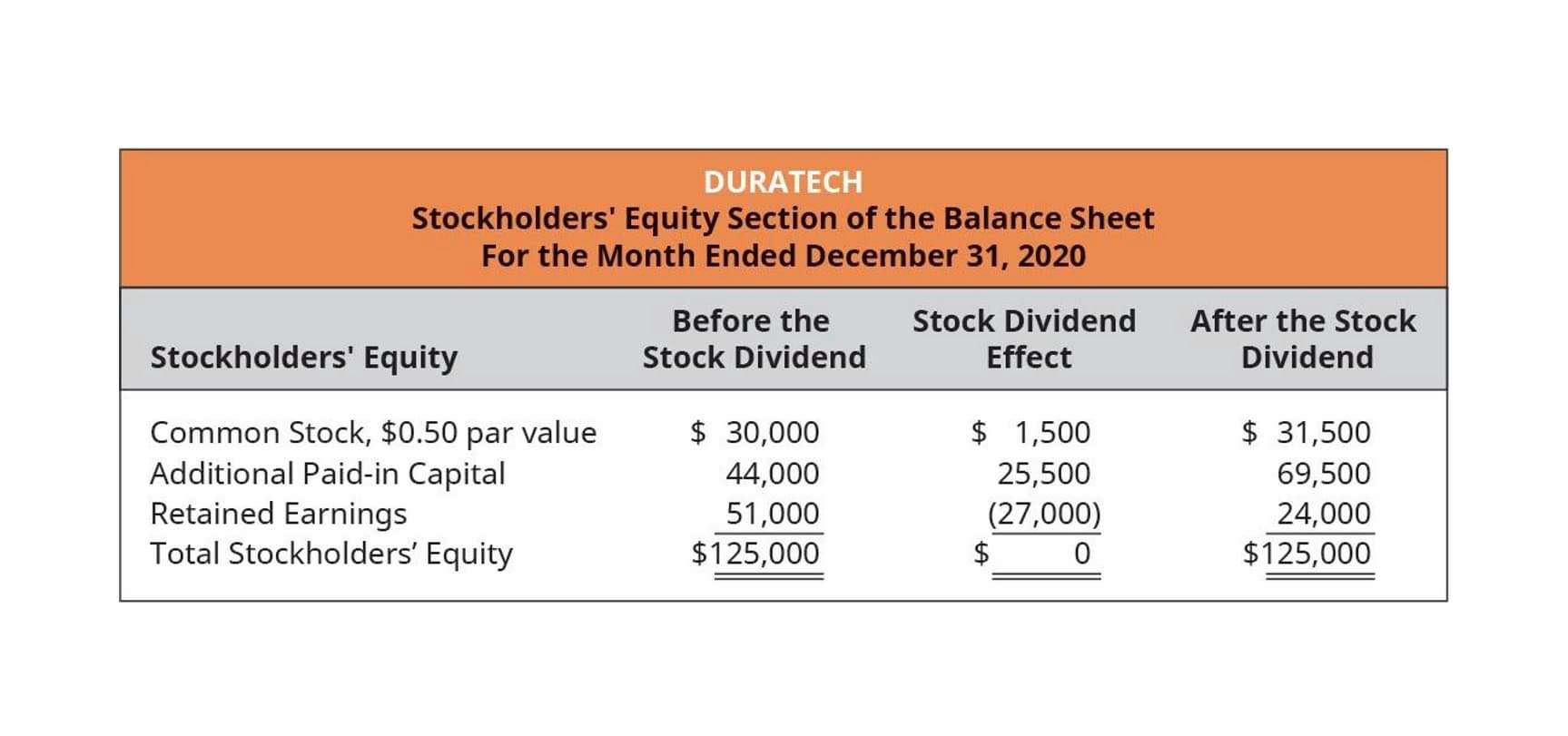
This is posted to the Cash T-account on the credit side beneath the January 18 transaction. This is placed on the debit side of the Salaries Expense T-account. Let’s look at the journal entries for Printing Plus and post each of those entries to their respective T-accounts. Colfax Market is a small corner grocery store that carries a variety of staple items such as meat, milk, eggs, bread, and so on. As a smaller grocery store, Colfax does not offer the variety of products found in a larger income summary supermarket or chain. Special journal is the type of journal that is created to group similar transactions together in chronological order to have better management in those transactions.
What are the Different Types of Journal Entries

For some business owners, they may make their journal entries in excel. It’s not uncommon for auditors to propose journal https://suelatextile.com/cash-flow-from-financing-activities-cff-financial/ entries into accounts that are misrepresented by clients. Often they will pass journal entries in a standard Excel template. Of course, not all goods or services are provided in a day.
What is a Journal Entry?
- Example Part 2 – 2,000 rent received in the previous month to be adjusted this month.
- Proper tracking of journal entries is crucial for accurate financial reporting for any business.
- It’s crucial to remember that every transaction must have an equal amount on both sides, ensuring that the accounting equation stays balanced.
- It serves as the first step in the accounting cycle, documenting the details of a transaction, including the date, accounts affected, and amounts.
- Closing entries are made and posted to the post closing trial balance.
We’ve spent over 10 years working with small business owners from 100+ different countries to create a cloud accounting software that fits any type of business. AI also reconciles accounts automatically, flags inconsistencies, and provides instant financial snapshots. AI helps businesses maintain clean financial records without manual overhead.
- Usually, though, special journals record the most recurring transactions within a company.
- Before computer accounting software programs, the process of recording transactions was manual and recorded in a paper journal and is where the term journal entry comes from.
- This allows you to calculate your net income or loss for the period.
- Entry #11 — PGS’s first vendor inventory payment is due of $1,000.
- This eliminates repetitive data entry, reduces the risk of human error, and ensures ledger accuracy.
- They are the reserves that are being made for specific situations and are to be compulsorily used in those conditions only.
Accounting Cycle

Verifying balances ensures recorded transactions reflect an entity’s actual financial standing. This involves reconciling accounts to confirm that figures reported in financial statements align with economic activities. In this case, the related asset or expense account is debited, and the journal entry for the payable account is credited. However, learning how to create and record a journal entry manually is an effective way for you to understand how the accounting process works even when using a computerized system.
Step 7: Generating Financial Statements
The amount withdrawn from the capital by the proprietor for personal use is called drawings. Businesses can charge interest on the amount of drawings. The proprietor can charge interest on the amount invested by him/her in the business as capital, which is shown as Interest on Capital. A business can take an amount of money as a loan from a bank or any outsider. Transactions related to the purchase and sale of goods can be of two types, Cash or Credit. Three Golden Rules of Accounting – In the aforementioned example the applied rule is for Real accounts i.e. “Debit” what comes in and “Credit” what goes out.

Firstly, understand the importance of double-entry bookkeeping. This means that recording transactions in a journal. for every debit entry, there must be a corresponding credit entry and vice versa. Always remember to balance your debits and credits to maintain accuracy in your records.
- Knowing which account to debit and which to credit is crucial.
- Maintaining accurate financial records is crucial to any law firm.
- Reviewing journal entries individually can be tedious and time consuming.
- If you use accrual accounting, you’ll need to make adjusting entries to your journals every month.
- As such, it’s important for legal professionals to understand the fundamentals of how accounting entries work.
- Every financial transaction is recorded in a journal entry.
- These entries are initially used to create ledgers and trial balances.
Journal entries tutorial: Ace Consulting

To put it differently, the funds represent the owner’s equity in the business and are recorded in an account called “Owner’s Name, Equity” or “Owner’s Name, Capital”. The funds become a business asset recorded in the company’s books under an account called “Cash”. To put it differently, the funds represent the owner’s equity in the business and are recorded in an account called “Owner’s Name, Equity” or “Owner’s Name, Capital”. Journal entries are recorded in the “journal”, also known as “books of original entry”. A journal entry is made up of at least one account that is debited and at least one account credited. Now that you’ve got a handle on what journalizing transactions is in accounting and what the different types of business transactions are.
Accurate financial records are essential for any business, forming the basis for informed decision-making and regulatory compliance. Bookkeeping journals are a key part of this process, systematically recording transactions to ensure data integrity and transparency. Since businesses are diverse in terms of service and size, various kinds of journals serve different purposes.
